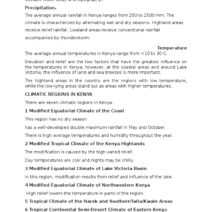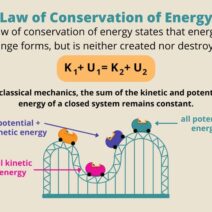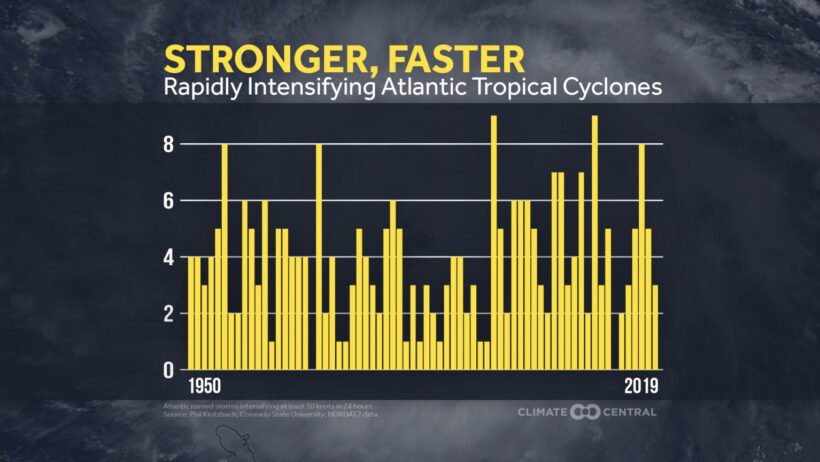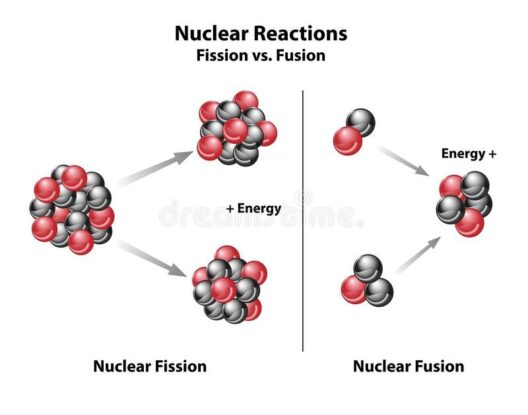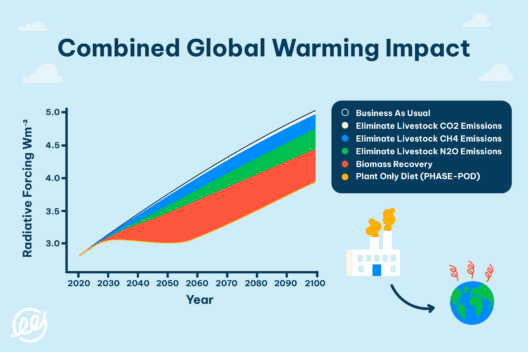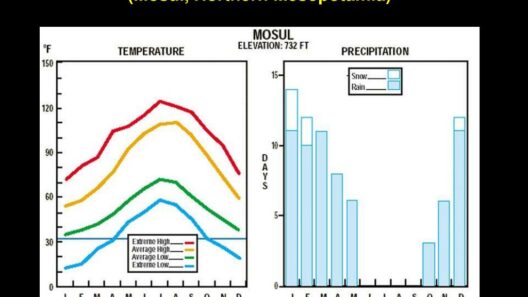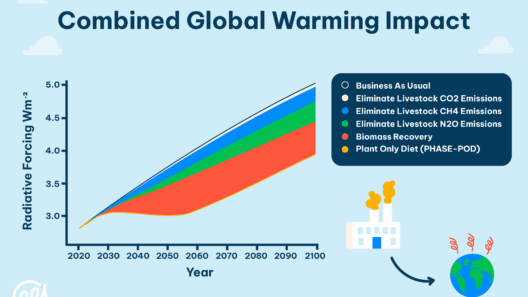The relationship between hurricanes and climate change is a pressing environmental issue that demands urgent attention. Recent studies and observations have indicated a distinct trend towards more intense hurricanes, correlating with rising global temperatures. This essay will delve into the various aspects of this relationship, examining the scientific basis, historical context, and implications for future weather patterns and societal resilience.
To comprehend whether hurricanes are indeed worsening due to climate change, it is imperative to analyze the fundamental science behind hurricane formation and the evolving climatic conditions. Hurricanes derive their energy from warm ocean waters. As average sea surface temperatures rise—predicted to increase by 1 to 3 degrees Fahrenheit by the end of the century—they create a conducive environment for hurricanes to not only form but to intensify. Warmer air can hold more moisture, propelling the potential for heavier rainfall and subsequently leading to devastating flooding. The increased energy from warmer waters can enhance wind speeds, which in turn raises the categorization of these storms on the Saffir-Simpson scale.
The historical context provides a stark backdrop against which current hurricane trends can be assessed. An analysis of data collected over the past few decades indicates a significant uptick in the frequency and intensity of hurricanes in various regions. Notable examples include Hurricane Harvey in 2017, which inundated Houston with unprecedented rainfall, leading to damages exceeding $125 billion. Similarly, Hurricane Katrina in 2005 showcased not only the destructive potential of such storms but also the limitations of existing infrastructural and ecological defenses in urban areas.
It is crucial to distinguish between the frequency of hurricanes and their intensity. While the number of hurricanes may not exhibit a clear upward trend, studies indicate that the proportion of high-category storms—Category 4 and 5, which categorize storms with wind speeds exceeding 130 mph—has escalated. Furthermore, the duration of these storms has increased as conditions have become more favorable for prolonged development. This reflects a broader pattern within climatology where extreme weather events become more common in a warming world.
The implications of these changes are profound. Ecosystems can be irreversibly damaged, altering habitats and threatening biodiversity. Coastal communities, particularly those in hurricane-prone areas, face increasing jeopardy as the ferocity of storms escalates. Traditional infrastructure and emergency management plans may prove inadequate against the backdrop of heightened storm intensity. Inadequate preparations can lead to catastrophic outcomes when urban centers are ill-equipped to handle flooding, wind damage, and subsequent power outages.
Moreover, the social dimensions of hurricane vulnerabilities become increasingly pronounced. Disparities in resources often correlate with demographic and socioeconomic factors. Communities with fewer financial resources may lack the means to implement resilient infrastructure or evacuate in the face of dangerous storms. The phenomenon of “climate injustice” comes into sharp focus here, as marginalized populations bear the brunt of climate impacts disproportionately. The need for equitable disaster response measures is paramount in addressing these growing disparities.
Climate change is not a stochastic issue; rather, it must be confronted with a sense of urgency that matches its severity. Policy responses to these mounting challenges require concerted efforts from local, national, and global entities. The adoption of stricter building codes, the implementation of green infrastructure, and enhanced emergency preparedness protocols are essential strategies to increase resilience against future hurricanes.
In addition, innovation plays a crucial role in how humanity tackles the dual issues of climate change and hurricane intensity. There is a burgeoning field of research focusing on improved forecasting technologies and solutions to reduce carbon emissions which exacerbate these extreme weather events. Engagement with renewable energy sources, such as solar and wind, will not only help mitigate climate change but also provide greater energy security during storm events.
International collaboration is indispensable in this fight. The effects of hurricanes are felt beyond borders; thus, it becomes a collective responsibility to address the underlying climate issues contributing to these storms. Forums for sharing knowledge, strategies, and resources can bolster responses to the challenges posed by hurricanes exacerbated by climate change.
In summation, the evidence is compelling: hurricanes are becoming more severe and this trend is closely tied to climate change. The implications stretch beyond mere statistics; they weave into the fabric of everyday life, community safety, and environmental stewardship. An integrated approach that combines scientific understanding, equitable disaster response, innovative technology, and international cooperation is critical in addressing the escalating threat posed by hurricanes. Society must rise to this challenge, recognizing that the choices made today will reverberate through the generations to come.

